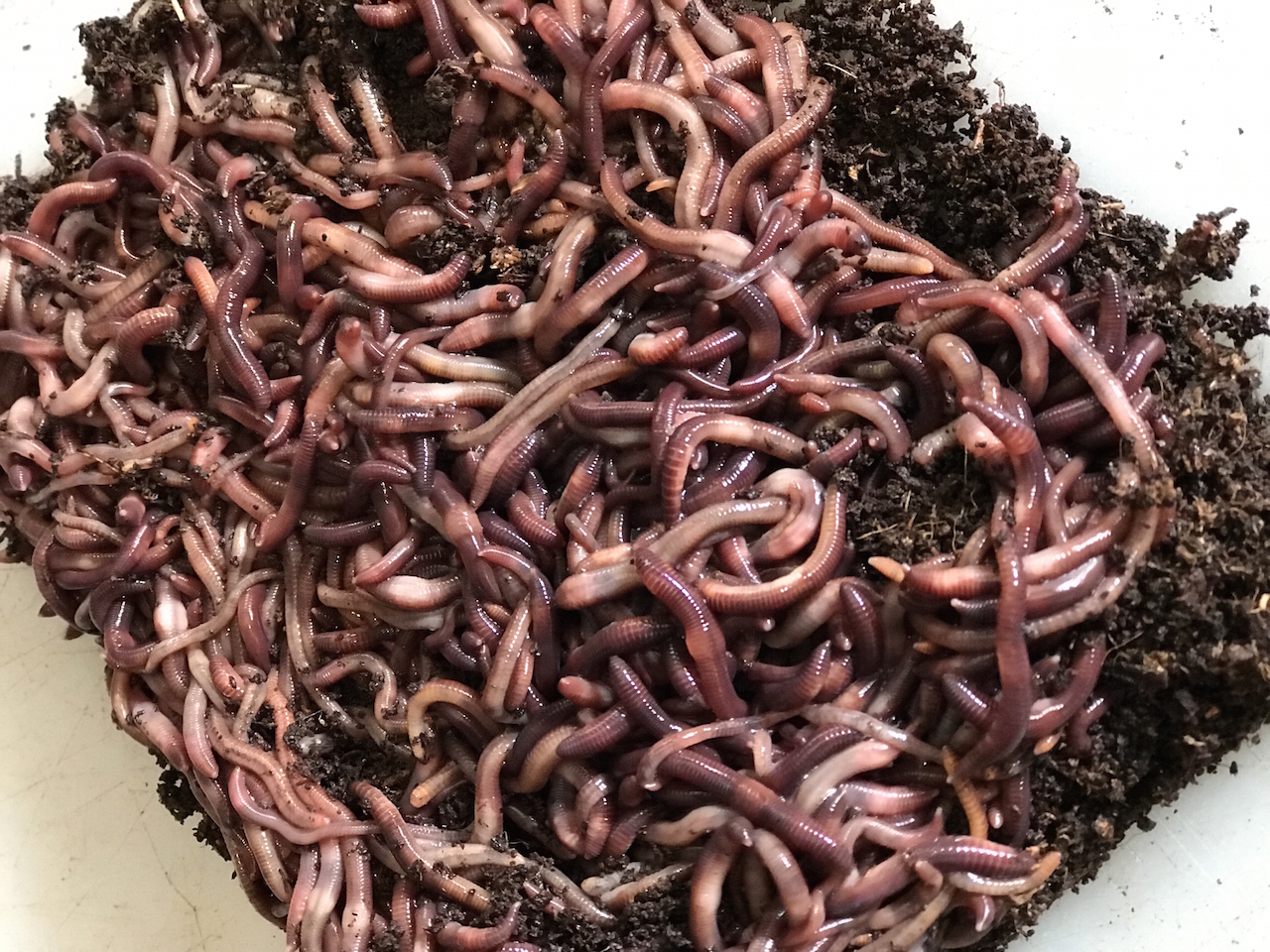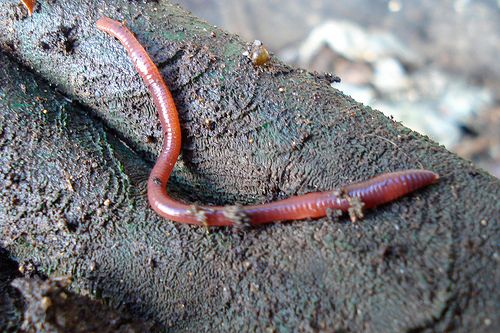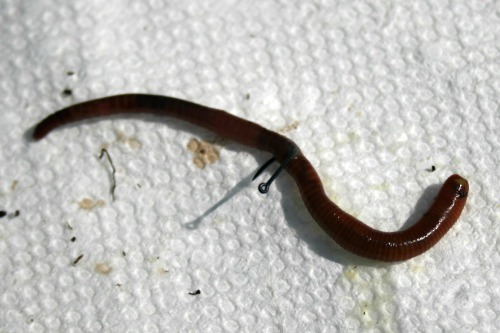Achieve a Greener Lawn with the Help of Red Wiggler Express Lawn Care Products
Achieve a Greener Lawn with the Help of Red Wiggler Express Lawn Care Products
Blog Article
Red Wigglers: The Unsung Heroes of Organic Waste Recycling
Red wigglers, or Eisenia fetida, serve as critical representatives in the organic waste reusing process, transforming thrown out products right into beneficial vermicompost. As the world significantly looks for remedies to combat waste build-up and improve agricultural productivity, recognizing the duty of these worms comes to be vital.
What Are Red Wigglers?
The remarkable strength of red wigglers, clinically known as Eisenia fetida, underscores their critical function in natural waste recycling. These small, reddish-brown earthworms are generally found in breaking down natural issue, such as garden compost heaps and manure heaps. Lake Hickory Bait. Unlike other earthworm types, red wigglers thrive in nutrient-rich environments and are highly efficient at damaging down organic products, making them necessary for vermicomposting

(Red Wiggler Express)Along with their role in waste reduction, red wigglers contribute to soil health by improving dirt structure and oygenation with their delving tasks (Lake Hickory Bait). Their presence in composting systems not just enhances decomposition rates but also promotes a lasting technique to lose management, illustrating their relevance in ecological conservation initiatives
Advantages of Composting With Worms
Composting with worms, specifically red wigglers, uses various advantages that improve both waste administration and soil wellness. These worms successfully break down natural waste, transforming it right into nutrient-rich vermicompost that improves dirt. This process accelerates disintegration, enabling a much faster recycling of kitchen area scraps and other natural products contrasted to standard composting techniques.
Furthermore, the vermicompost produced by red wigglers is teeming with advantageous microbes, which help enhance dirt framework, oygenation, and dampness retention. This improves the general wellness of plants, promoting vigorous growth and boosted yields in yards and agricultural setups. The usage of worms in composting decreases the manufacturing of greenhouse gases, such as methane, adding to an extra lasting waste administration system.

Exactly How to Start Vermicomposting
Establishing a vermicomposting system is a simple procedure that can generate considerable benefits for both waste management and soil enrichment. To begin, choose an appropriate container, such as a plastic container or wooden box, with sufficient air flow openings to guarantee correct airflow. The dimensions should preferably be about 2 feet by 3 feet, allowing enough room for the worms to grow.
Following, prepare bedding material, which can consist of shredded paper, cardboard, or coconut coir. This bedding must be moistened to produce a suitable environment for the worms. Once the bed linens remains in place, present red wigglers (Eisenia fetida) into the container, commonly around one extra pound of worms for each square foot of surface area.
Following the positioning of worms, include natural waste, such as fruit and veggie scraps, coffee grounds, and crushed eggshells. With these actions, you will efficiently initiate a vermicomposting system that adds to lasting waste administration and enriches your soil.
Preserving a Healthy And Balanced Worm Bin
(Red Wiggler Express)Keeping a worm container flourishing needs routine interest and like make sure the health and wellness of the red wigglers and the efficiency of the composting process. Proper upkeep begins with keeping an eye on the dampness degrees; the container ought to be wet yet not soaked. A good guideline is to maintain an uniformity comparable to a wrung-out sponge.
Oygenation is crucial also. Delicately blending the bedding and food scraps every few weeks stops compaction and guarantees that all worms have access to oxygen. In addition, it is necessary to feed the worms properly. A well balanced diet of vegetables and fruit scraps, coffee grounds, and smashed eggshells should check my source be offered in small amounts to stay clear of overfeeding, which can bring about odors and insects.
Temperature guideline is one more crucial aspect. Red wigglers prosper in a variety of 55 to 77 levels Fahrenheit. If the bin becomes too warm or chilly, the worms may come to be stressed out - Lake Hickory Bait. Lastly, regularly examine for signs of wellness, such as worm populace development and the visibility of healthy and balanced spreadings. By carefully handling these aspects, one can keep a durable and productive worm bin.
Effect On Lasting Living
The effective upkeep of a worm container not only benefits the health of red wigglers yet additionally adds significantly to lasting living methods. By recycling organic waste, such as cooking area scraps and backyard particles, red wigglers assist divert significant quantities of product from land fills. This reduction in waste not just lowers greenhouse gas discharges but likewise reduces the environmental worry linked with waste administration.
Moreover, the castings generated by red wigglers function as a nutrient-rich organic plant food, improving soil health and wellness and advertising plant growth. This all-natural alternative to chemical fertilizers supports lasting agriculture and horticulture practices, decreasing reliance on artificial inputs that can hurt environments. Furthermore, worm composting cultivates understanding of waste management, urging people and communities to take on even more lasting habits.

Verdict
In recap, red wigglers serve as important factors to natural waste reusing with their effective decay of organic materials. By integrating vermicomposting right into waste monitoring approaches, people and neighborhoods can considerably reduce waste while promoting ecological sustainability.
Report this page